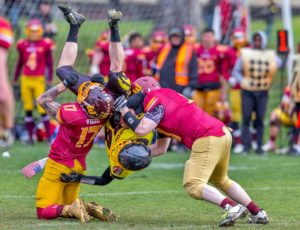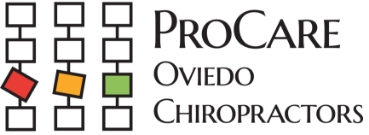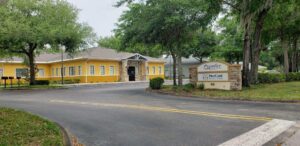Active Isolated Stretching may help you tremendously if you’ve been in a car accident recently. In car accidents alone, about 7,ooo people are injured daily. Seeking medical attention after a car accident is vital. Consider physicians experienced with these injuries such as those at ProCare Health & Rehab Centers for a healthy recovery.
Injuries from car accidents:
The severity of injuries differ depending on the accident and the area affected. Injuries can be as simple as surface scrapes or missing limbs. Treatment and therapy differ depending on the area affected.
Head and brain injuries:
Both drivers and passengers are susceptible to head injuries in car accidents. This can be from hitting the windshield, side windows, roof, steering wheel, loose objects, or the other people.
 A common head injury is a concussion, also called a traumatic brain injury. A concussion is caused by a blow to the head. During a concussion, the brain bounces around inside the skull. The brain does not usually touch the skull like this, so this causes chemical changes in the brain.
A common head injury is a concussion, also called a traumatic brain injury. A concussion is caused by a blow to the head. During a concussion, the brain bounces around inside the skull. The brain does not usually touch the skull like this, so this causes chemical changes in the brain.
You should be familiar with the symptoms of concussions if you played contact sports in high school. If you aren’t familiar with the symptoms, they include headaches, neck pain, nausea, or dizziness. Keep in mind they may not begin right after an accident. This is yet another reason for you to get checked out by experienced physicians at ProCare that know what signs to look out for.
As for treatment of concussions, you must begin by getting examined to confirm you do not have bleeding under the skull. This requires a trip to the emergency room. If you do not have bleeding, rest is ideal for recovery with very little activity.
The recovery time for concussions are usually no more than three weeks. For subdural hematoma, bleeding under the skull, recovery can be more complicated.
Facial injuries:
Yes, your face is on your head. But your face can be permanently scarred if not treated correctly. Similar to head injuries, hitting the wheel, windows, or other people in the car can break facial bones. Surgery may be needed.
Contact facial plastic surgeons through ProCare to leave you with minimal or no scarring. Jaw bone injuries, broken noses, and broken teeth are common for car accidents. However, an experienced facial plastic surgeon should relieve you of any reminders left on your face.
Neck injuries:
Whiplash and car accidents are almost synonymous these days. Whiplash can occur from rear or side impact crashes. This is because rear and side impacts cause your neck to snap too quickly.
The neck is a very delicate part of the body in the fact that if treated wrong, major and serious damage can be done. Dislocation or serous vertebrae injuries may require surgery. On the other hand, using x-rays and an examination, your doctor may treat you without a surgery (depending on the injury).
On average, whiplash can last weeks, but it may also last months. Treatment and the severity of the whiplash will affect recovery time. People should at no point push the neck’s limits during recovery. Again, seek treatment with physicians experienced in car accident injury recovery.
Active Isolated Stretching:
The Active Isolated Stretching is a method of muscle lengthening and fascial release. This technique provides effective and dynamic facilitated stretching of major muscle groups. Active Isolated Stretching functional and physiological restoration of superficial and deep fascial planes.
 For decades, many experts believed stretching should last for up to 60 seconds. This stretching method was the ideal standard. However, this prolonged amount of stretching actually decreased the blood flow within the tissue “creating localized ischemia and lactic acid buildup”.
For decades, many experts believed stretching should last for up to 60 seconds. This stretching method was the ideal standard. However, this prolonged amount of stretching actually decreased the blood flow within the tissue “creating localized ischemia and lactic acid buildup”.
The old way of stretching caused irritation and further injury of “local muscular, tendinous, lymphatic, as well as neural tissues, similar to the effects and consequences of trauma and overuse syndromes.”
According to Stretching USA, “Performing an Active Isolated Stretch of no longer than two seconds allows the target muscles to optimally lengthen without triggering the protective stretch reflex and subsequent reciprocal antagonistic muscle contraction as the isolated muscle achieves a sate of relaxation.” This method of stretching can provide relief and won’t result in trauma.
Thank you for reading this week’s blog. Come back next week for more physical rehabilitation news. Schedule an appointment today with ProCare Health & Rehab Centers.
Staff Writer



